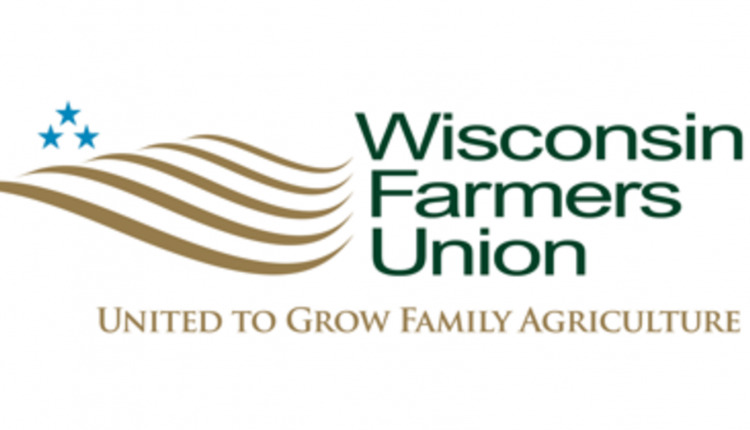As printed in our October 10, 2016 issue . . .
A STRONG GRAIN HARVEST could be in store, USDA estimated. A record 15 billion bushels of corn, with yields at 174.4 bushels per acre, could come from fields this fall. That would be up 11 percent over last year. As a result, December CME corn futures traded near $3.30 per bushel.
WITH PROJECTED YIELDS AT 50.6 BUSHELS per acre, the U.S. soybean harvest could net 4.2 billion bushels, which would be up 7 percent. That caused November soybean contracts to hover near $9.75 per bushel.
CLASS III PRICES averaged $15.85 for the next six months at the CME. A tight range existed as contracts traded between $15.56 and $15.93.
USDA SET ITS ALL-MILK PRICE PROJECTIONS at a $16.65 midpoint for 2017 milk with a range of $16.15 to $17.15 per hundredweight. For the remainder of this year, it lowered expectations from $16.30 to $16.10.
NEW ZEALAND RAISED PAYOUTS BY $2.66 per hundredweight since its opening projection in June. New forecasts by Fonterra, the world’s leading dairy exporter, were set at $14 per hundredweight.
DEBT CONTINUED TO MOUNT for Kiwi dairy producers despite improved forecasts. Debt per cow has climbed steadily to $8,000 in 2016, up from $3,000 per cow in 2003, reported the Reserve Bank of New Zealand.
FLUID MILK SALES FELL to 49.9 billion pounds last year, the lowest levels since 1963. This also marked the first time that beverage milk sales in the U.S. fell below 50 billion pounds in well over five decades.
WHOLE, FLAVORED, AND BUTTERMILK were bright spots in the dismal fluid category. Whole milk climbed to a six-year high at 14.6 billion pounds or 29 percent of the category. Flavored whole milk matched whole milk’s six-year run climbing to 594 million pounds.
PLANTS PROCESSING FLUID MILK climbed to 456 in 2015, up 56 from 2008. During that time, plant volumes fell from 136 to 110 million pounds.
THE $2.8 BILLION YOGURT BUSINESS needs a makeover. That was the self assessment from General Mills to its investors, reported The Wall Street Journal. The company’s yogurt sales were off 7 percent as consumers shun sweeter American-style varieties for Greek-style counterparts.
AUGUST MILK OUTPUT CLIMBED 1.9 PERCENT nationally. Texas led all gainers, up 11 percent, followed by Michigan, 6.6, and South Dakota, 5.4. California fell 1.7 percent while Wisconsin continued to grow at 2.4 percent. Other states posting reductions were: Florida, -7.2; Virginia, -4.1; Utah, -3.7; Illinois, -1.3; and Pennsylvania, -0.4.
THE LARGEST HERD SIZE IN NEARLY 20 YEARS pushed milk higher. At 9.36 million cows, the national herd size shows no signs of slowing based on strong heifer inventories and lower beef prices.
In your October 25, 2016 issue . . .
WHAT WILL NEW DAIRIES LOOK LIKE IN THE FUTURE?
Trends toward enclosed facilities, water treatment systems, and more robotics could become the new normal over the next 10 to 20 years.
COWS NEED THEIR BEAUTY SLEEP.
We may be wise to consider more than just quantity of resting time when it comes to our cows.
DAIRY WENT FROM GARNISH TO PRODUCT HERO.
Taco Bell once viewed cheese and sour cream as a garnish on its food. Today it realizes that dairy enhances the eating experience.









